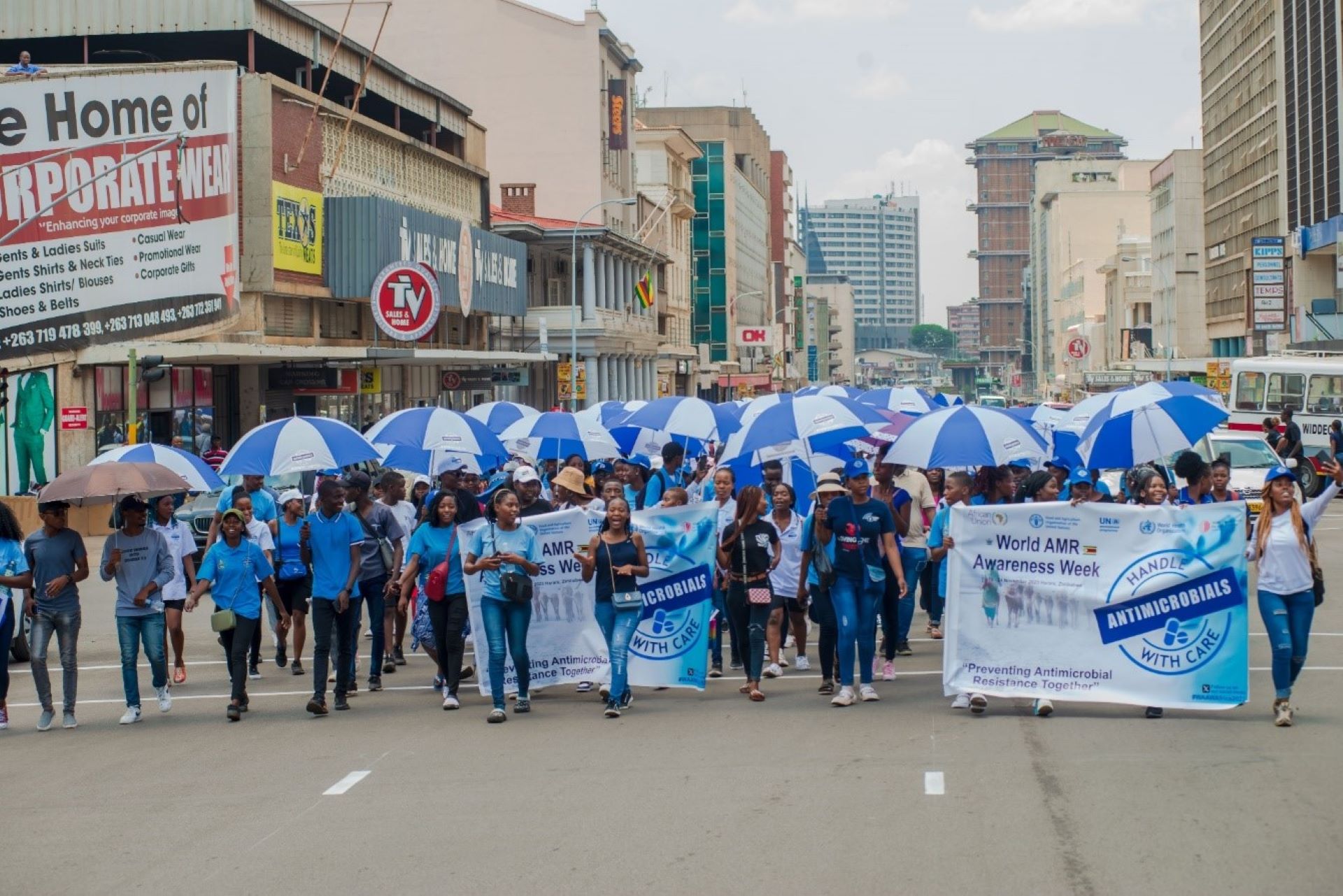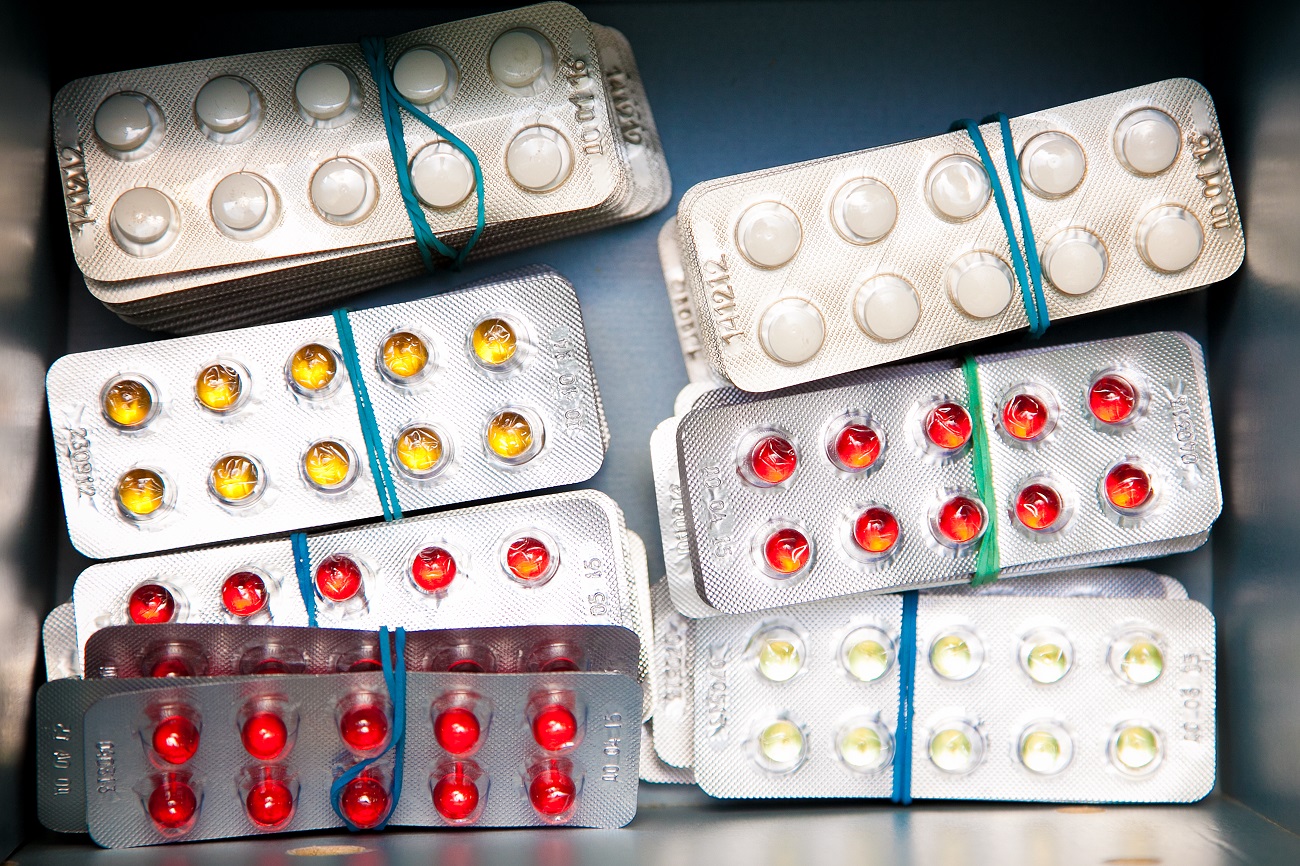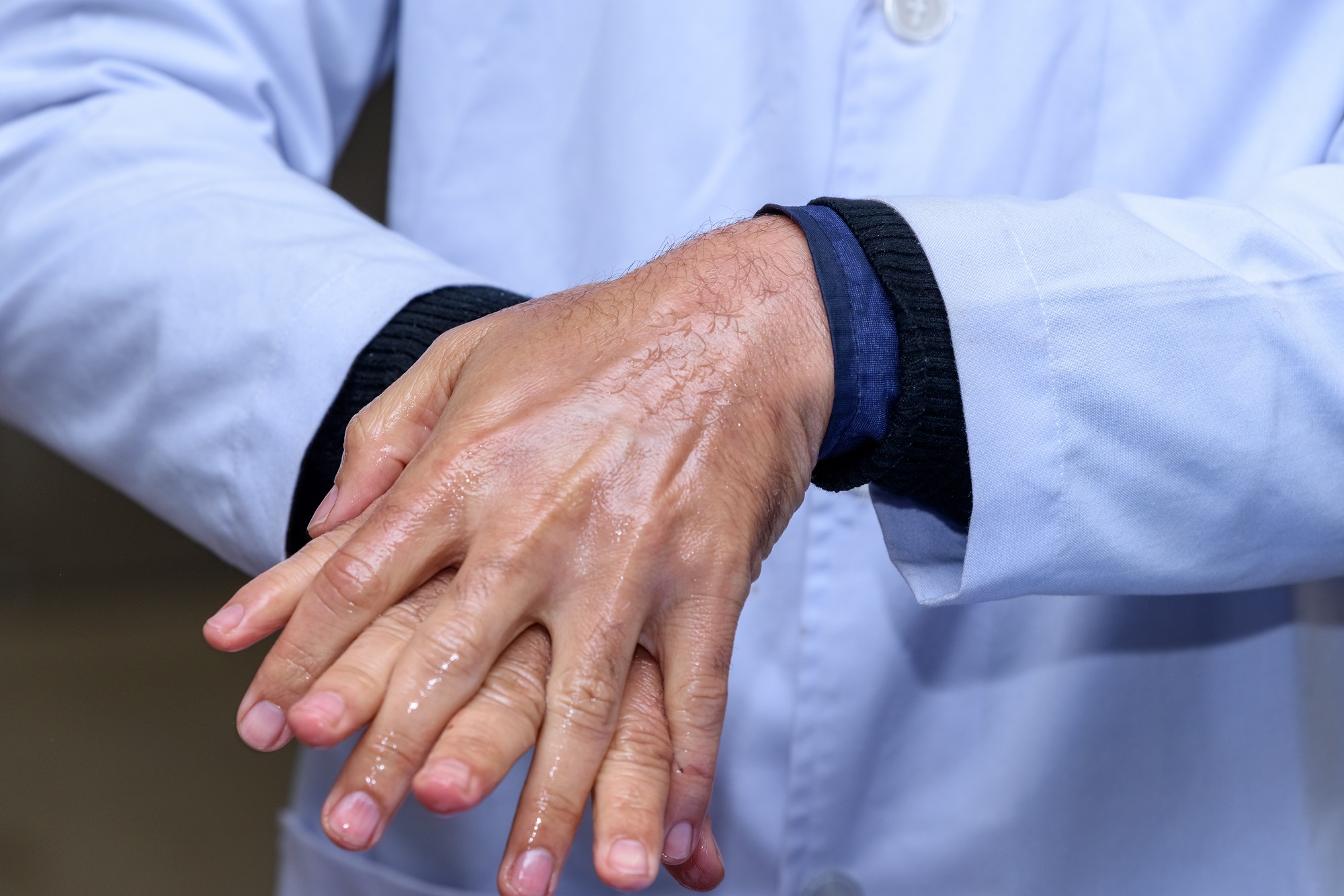
/countries/nepal/ajy_9143.tmb-768v.jpg?sfvrsn=83d9ff0_1)
World AMR Awareness Week
Observed on 18 - 24 November 2024
A health-care worker showcasing medications used for the treatment of multi-drug-resistant tuberculosis in Bagmati Province, Nepal
Educate. Advocate. Act now.
Antimicrobial Resistance (AMR) occurs when bacteria, viruses, fungi and parasites no longer respond to antimicrobial agents. As a result of drug resistance, antibiotics and other antimicrobial agents become ineffective and infections become difficult or impossible to treat, increasing the risk of disease spread, severe illness and death.
The World AMR Awareness Week (WAAW) is a global campaign to raise awareness and understanding of AMR and promote best practices among One Health stakeholders to reduce the emergence and spread of drug-resistant infections. WAAW is celebrated from 18-24 November every year.
The theme for the World AMR Awareness Week (WAAW) 2024 is “Educate. Advocate. Act now.” This theme was chosen based on feedback from an online survey among stakeholders from the human, animal, plant, and environmental health sectors, which collected nearly 200 responses globally.
Antimicrobial resistance (AMR) is a pressing global health and socioeconomic crisis. It has significant impacts on human and animal health, food production and the environment. Drug-resistant-pathogens pose a threat to everyone, everywhere. Yet, much more can be done to raise public and stakeholder awareness. Therefore, this year’s theme calls on the global community to educate stakeholders on AMR, advocate for bold commitments and take concrete actions in response to AMR. The 2024 UNGA High-level Meeting on AMR and the fourth Global High-Level Ministerial Conference on AMR, for instance, provide a critical window of opportunity for political and financial commitments as well as increased accountability in response to AMR. Stronger political leadership, advocacy and accountability are needed at all levels and the time to act is now.
A message by WHO Representative to Nepal on World AMR Awareness Day
Campaign Materials
/countries/nepal/waaw-new--04.tmb-1920v.jpg?sfvrsn=afe7f3ed_1)
/countries/nepal/waaw-01.tmb-1920v.jpg?sfvrsn=51e72c04_1)
/countries/nepal/waaw-new--05.tmb-1920v.jpg?sfvrsn=b35c71bb_1)
/countries/nepal/waaw-02.tmb-1920v.jpg?sfvrsn=f8e47ef9_1)
/countries/nepal/waaw-new--06.tmb-1920v.jpg?sfvrsn=39f6861b_1)
/countries/nepal/waaw-03.tmb-1920v.jpg?sfvrsn=7875f611_1)
Fact Sheets
News from Nepal
Global News
Related publications
Integrated drug resistance action framework for HIV, hepatitis B and C and sexually transmitted infections,...
The Integrated Drug Resistance Action Framework for HIV, Hepatitis B and C, and Sexually Transmitted Infections (2026–2030) outlines a unified...
Enhanced Gonococcal Antimicrobial Surveillance Programme (EGASP): gonorrhoea treatment optimization,...
The WHO Enhanced Gonococcal Antimicrobial Surveillance Programme (EGASP) monitors Neisseria gonorrhoeae antimicrobial resistance to guide treatment...
Regional Roadmap to accelerate actions on antimicrobial resistance in the human health sector in the...
Antimicrobial resistance (AMR) poses a growing threat to public health, undermining treatment of infectious diseases and progress in modern medicine. Despite...
Global antibiotic resistance surveillance report 2025: summary
Antimicrobial resistance (AMR) is a growing threat to global health, undermining the effectiveness of life-saving treatments and placing populations at...
Global antibiotic resistance surveillance report 2025
Antimicrobial resistance (AMR) is a growing threat to global health, undermining the effectiveness of life-saving treatments and placing populations at...
Analysis of antibacterial agents in clinical and preclinical development: overview and analysis 2025
The World Health Organization’s (WHO) “2025 Antibacterial agents in clinical and preclinical development: an overview and analysis” report...
Related campaigns



